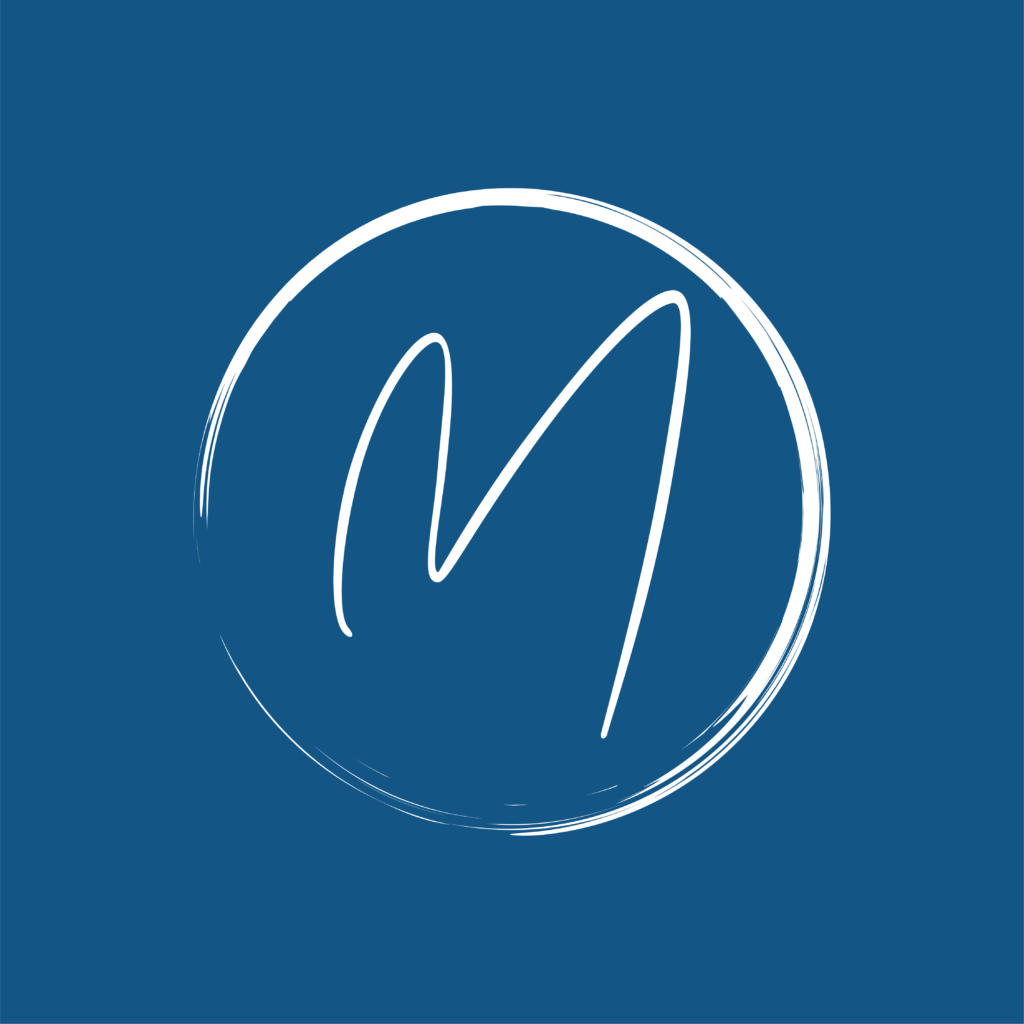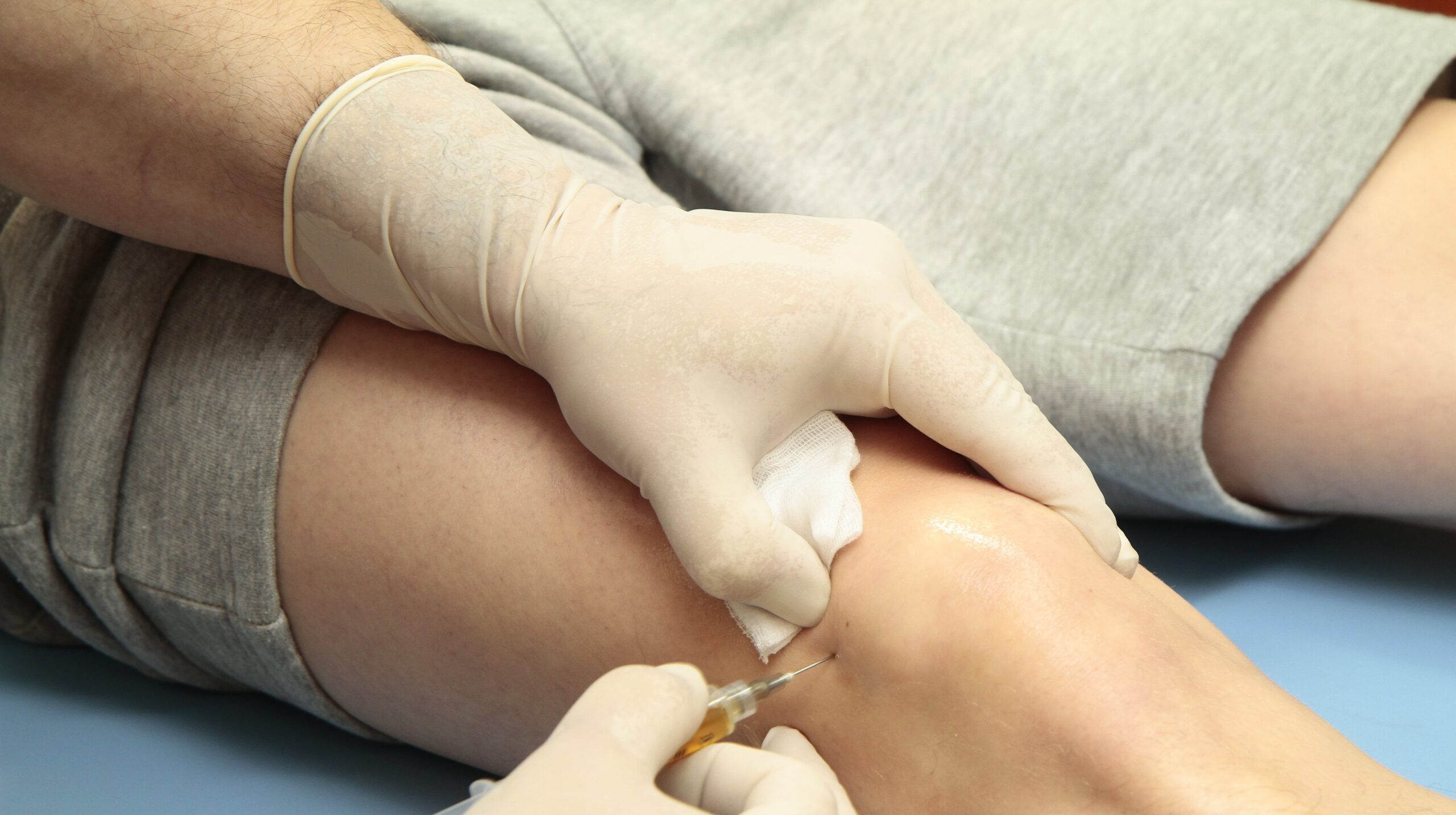Veins Treatment
Are there different types of veins in the legs?
There are a few different types of veins in the leg. These are:
- Superficial veins – They are closest to the skin and include spider veins which are minuscule weblike veins that can become visible through the skin.
- Deep veins – These are located deeper into the leg and run closer to the arteries. It is these veins that are responsible for moving up to 95% of the blood back to the heart.
- Arteries – These are the major blood vessels that deliver blood across the body at a much higher capacity than veins.
- Perforating veins – These veins serve as bridges or connectors between deep and superficial veins.
- Spider and varicose veins – They appear when the blood that is returning to the heart gets stuck inside a vein and causes congestion and enlargement of the surrounding vein.
Spider and varicose veins – They appear when the blood that is returning to the heart gets stuck inside a vein and causes congestion and enlargement of the surrounding vein.

How do the valves in the veins in your legs work?
When the veins in your legs are healthy, the one-way valves within them have the ability to move the blood in the direction of the heart. When you walk, the muscles in your legs and feet squeeze the deep veins sending the non-oxygenated blood upwards to its final destination. The valves are spaced about one inch apart.
After passing one valve the blood continues its journey towards the heart, passing every valve as it opens and closes with every muscle pump of the leg.
The key message here is: walking is very important in preventing the formation of a spider or varicose veins. Make it a habit to walk as often as you can — your legs will thank you, and your overall health will benefit greatly.
How do valves get damaged?
In some cases, the walls of the veins become weakened, preventing the valves from closing, and thus allowing blood to flow in the wrong direction. As a result, blood pools within the legs, which further weakens the walls of the veins and makes more valves unable to perform their job as effectively as they should.
This pooled blood causes a range of other issues as well:
- The pressure in the superficial veins rises, causing them to swell
- The pressure causes visible varicose veins
- Your veins may be tender to the touch
If you have been suffering from any of these issues, contact Med Smart Group as soon as possible so that we can schedule an appointment and begin treatment right away.

Request a Free consultation now!
At Medsmart we have a team of highly trained physicians who are leaders in treating health and wellness.
We are here to help you!
Contact Details
DISCLAIMER: This website is an educational service that provides general health and wellness information only. It is not intended to diagnose, treat or cure any health related condition. Please always consult a physician regarding your health before starting any health or diet program. No medical treatment can guarantee results. Results vary from patient to patient. We encourage you to do your own research, ask questions, and review board certifications and testimonials on any similar websites describing similar therapies. Statements made on this website have not been evaluated by the Food and Drug Administration. The information contained herein is not intended to diagnose, treat, cure, or prevent any disease.
*No medical treatment can guarantee results. Results vary from patient to patient, every patient is a unique individual
Resources
[mrylm-menu]footer[/mrylm-menu]Copyright 2025. All rights reserved.

